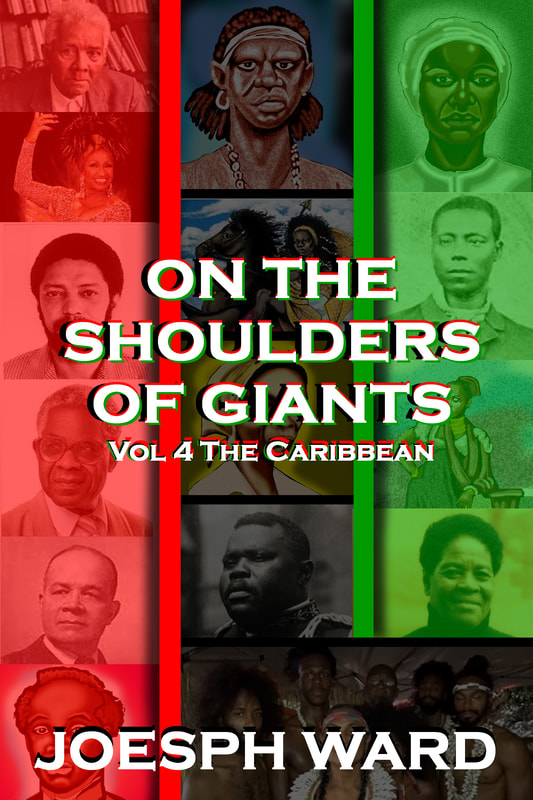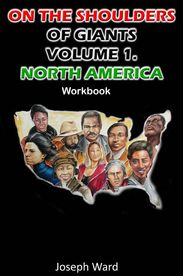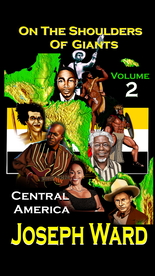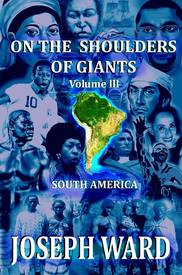|
Juan Gualberto Gomez was born free of enslavement, on a sugar plantation to parents Fermin Gómez and Serafina Ferrer, in Matanzas, Cuba, on July 12, 1854. His parents were able to purchase his freedom before his birth, which allowed him to be able to learn to read and write. Because of the existence of slavery, most people of African descent were not able to read and write; Gomez’s parents used their money to enroll him into school at Our Lady of the Forsaken, in Havana, Cuba, to further his education. 1968 was the beginning of the “Ten Years” War, which was an uprising by Cuban planters and indigenous Cubans within the Cuban fight for independence against Spain. Racial tension was high and led to a brawl between Spanish and Cuban groups at a theater. Gomez was a part of the brawl, and because of his participation, he was targeted by the Spanish. His parents sent him to school in Paris, France with the help of their former plantation owner Catalina Gómez. Juan Gomez was going to Paris to learn how to become a carriage maker, a profession that was seen to be most suitable for a Cuban of African descent. While in Paris learning to become a carriage maker, Gomez’s teacher noticed his high level of intelligence and convinced Gomez’s parents to spend their money on him earning a formal education in engineering school. In 1872, Gomez earned a job as a translator for Cuban independence leaders Francisco Vicente Aguilera and General Manuel de Quesada, who was looking for funding for the fight for Cuban independence. War and political strife broke out in France while Gomez was matriculating through his schooling, and because of the political climate, Gomez along with other Parisians began experiencing economic hardships. Two years later Gomez’s parents informed him that they could no longer support his education because of their economic downturn. Gomez decided to become self-sufficient. He began working full-time at the Journal and Theater Gazette Newspaper. Gomez working at the newspaper allowed him to merge his activism with his newfound love for journalism. He was able to create a persona as a journalist who is also a political activist, public speaker, and an important member of the Cuban fight for independence. In 1878, Gomez moved back to Cuba after a trip to Mexico to meet with Cuban abolitionist Nicolas Azcarate. During the meeting with Azacarte, he learned about the Cubans being defeated during the “Ten Years War,” so he moved back to help rejuvenate the Cuban fight for independence. After returning to Cuba, Gomez bonded with a fellow Cuban in the fight for independence named Jose Marti. Gomez and Marti began planning for an uprising known as the “Little War”, an uprising that began in 1879. Also in 1879, Gomez started a newspaper called The Brotherhood. During the early phase of Gomez operating The Brotherhood, he was exiled to Spain for ten years because of his role in the “Little War”. During his ten years in Spain, Gomez was able to write for several newspapers, continuing to sharpen his journalism skills and continuing his part in the Cuban fight for independence. In 1890, Gomez was able to return to Cuba, where he and Marti picked up where they left off ten years ago. They began planning an uprising that went unnoticed by Spanish authorities, which led to a surprise attack on Spanish forces in February of 1895. The rebellion was not successful. It is believed that this rebellion and many of the other early rebellions were unsuccessful because of the lack of support from the people of Cuba. On February 28, 1895, Gomez was captured by the Spanish and sentenced to twenty years in prison, but he only actually served three years. After his release, Gomez moved to New York City and continued his fight for Cuban independence. Gomez along with Cuba’s Major General Calixto García traveled to Washington D.C. in 1898, to negotiate with the American government for funds to help the Cuban Liberation Army. Between 1906 and 1909, Gomez was able to be a part of the committee that amended the Cuban Constitution and became a prominent voice speaking for Afro-Cubans on a national level against the racism Afro-Cubans were facing. Gomez and his fellow Cuban freedom fighters were not only fighting the physical domination by the Spanish, but they were also fighting the racial segregation the Spanish used against the Afro-Cubans. The idea was that Afro-Cubans were a threat to the whiteness or the Europeanness of the Spanish. Gomez became known as a dedicated freedom fighter for Afro-Cuban people, he defended Afro-Cubans from various backgrounds and professions and became the most recognizable face of the Afro-Cuban fight for independence. As the memories of their fight for independence passed, Gomez and other Afro-Cuban leaders were beginning to be forgotten. Racial discrimination was increasing and impacting Afro-Cubans’ quality of life. In retaliation to the continued discrimination and political blackballing, the Afro-Cubans created their political party called the Independent Colored Party, a party that was created without Gomez. Ironically he opposed the party because he wanted a Cuba free of racial separation, but this party was created to deal with the current reality the Cubans were facing. In 1901, Gomez became a writer that used his writings to speak out against the U.S. interactions in Cuba looking to make Cuba a U.S. colony. Gomez died in 1933 at the age of 78 as an honored Cuban journalist and freedom fighter. An annual journalism prize was named after Gomez to honor the legacy he built during his continued fight for Afro-Cuban independence. Juan Gualberto Gomez, we proudly stand on your shoulders. J.A. Ward Click here to purchase volumes 1,2,3 of the On the Shoulders of Giants book series. References:
http://www.historyofcuba.com/history/funfacts/jgGomez.htm https://en.wikipedia.org/wiki/Juan_Gualberto_G%C3%B3mez
0 Comments
|
Details
Categories
All
Click Here to join our mailing list
|
Contact Us: |
Connect With Us |
Site powered by PIT Web Design

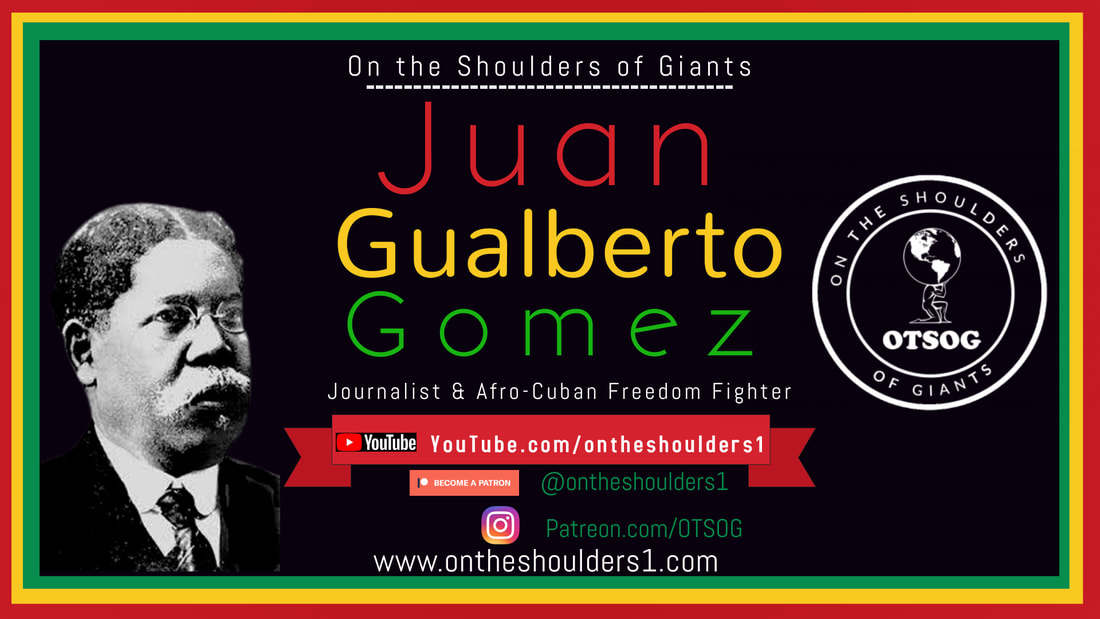
 RSS Feed
RSS Feed
